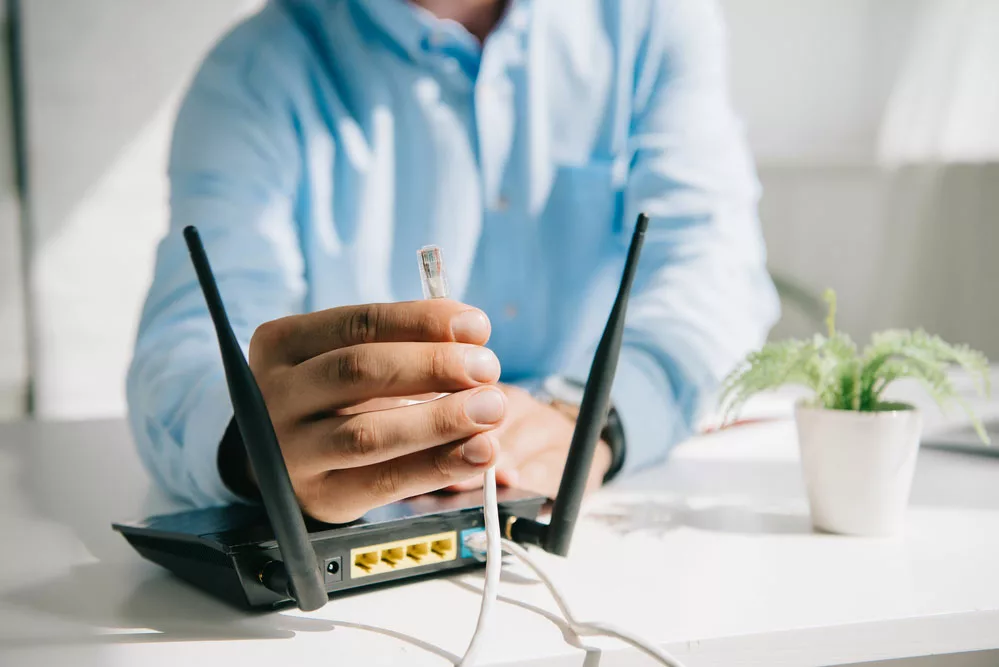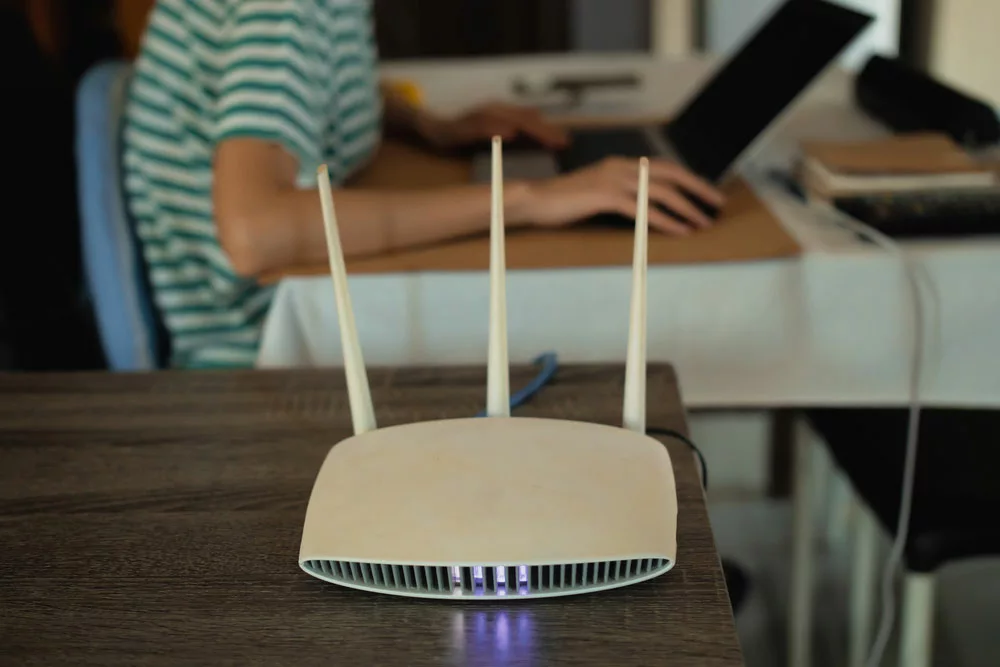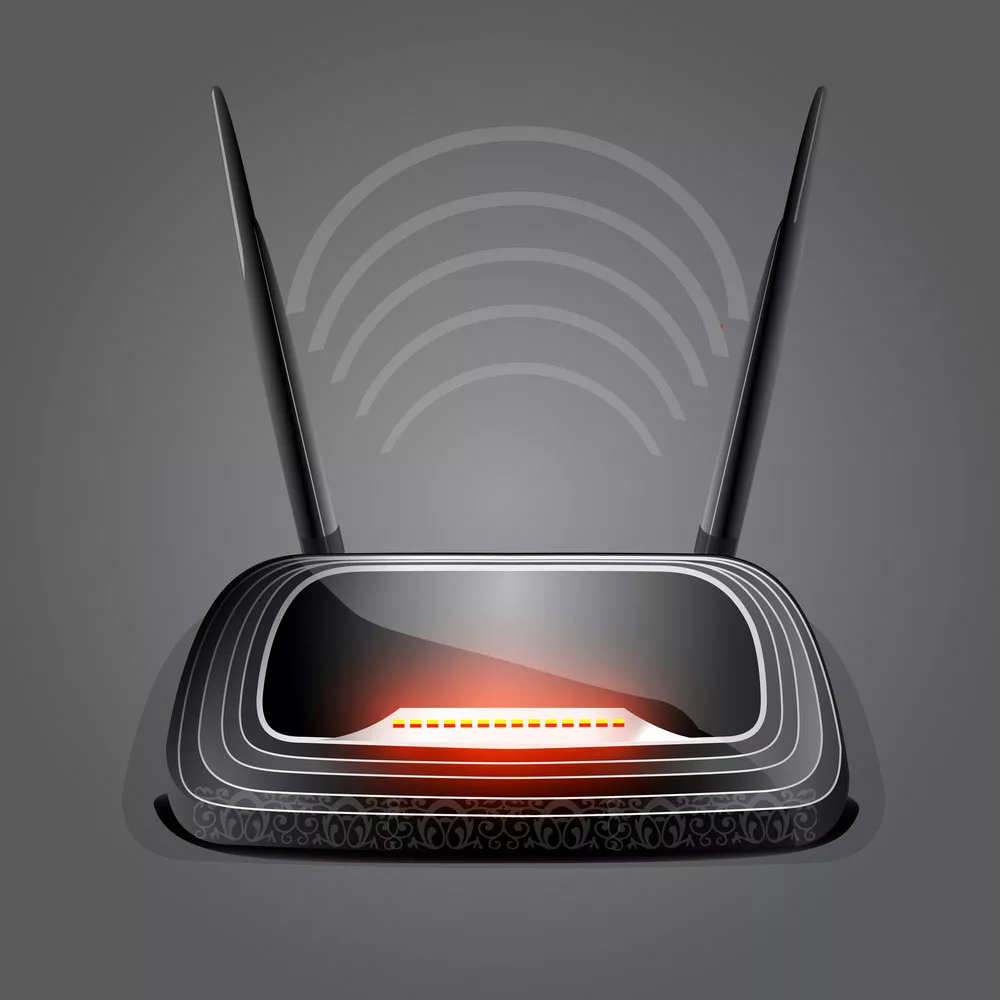About the cable modem vs. router. Now is the time that needs reliable networking, not just mere H or 3G supporting the internet. With evolution, everyone needs internet access to get their professional and personal work done. The hardware (router, modem, gateway, etc.) that controls our home networks is responsible for all.
To get online, getting acquainted with the many gadgets you’ll need and how they all operate together is a good idea. Once you have that information, troubleshooting will be easy, and you will get a better idea of improving your network for maximum performance.
Let’s jump into cable modem vs. router.
Table of Contents
- What does a modem do?
- What does a router do?
- Modem & Router Combination
- Is it better to get a modem/router combo or separate devices?
- Do you need a modem and router?
- Modem and router setup
- How can I tell if a modem or router is fast enough?
- Troubleshooting and maintaining your router or gateway
- Conclusion
What does a modem do?
The modem is a device that gets analog signals from the ISPs and changes them into digital signals or vice versa. With this setup, your gadgets can communicate with one another and the outside world via the internet.
The phrases “modulation” and “demodulation” are where the name “modem” comes from. With the advent of the internet, modems helped the devices to get signals they could understand. After that, the modem demodulates the signals to send them back to telephone lines.
There are three ports on a modem: internet, router, and power port. While old modems use telephone lines for signals, modern tech uses fiber optic connections. Every modem will feature an Ethernet connector for hooking up to a computer or router.
Modem Pros and Cons
| Pros | Cons |
| Compatible with ISPs | Doesn’t create a LAN |
| Lets you connect to the internet provider | Cannot connect multiple devices |
| Converts signals from analog to digital |

modem
What does a router do?
A router is a piece of networking equipment that moves data between your modem and the rest of your network’s devices. This way, you can access the web from any wired or wireless device, including your laptop, cell phone, and smart TV.
A router’s primary role is transporting data packets across a network to the appropriate computer or device. It provides each device with its unique IP address, preventing your smartphone from receiving website requests for your computer.
Moreover, it sets up and allows you to control a local area network. Setting up a router allows you to restrict access to certain devices, prioritize data flow, and do much more. It also allows devices to talk to each other through the network. To adjust the preferences of your smart home devices, you can use an app on your phone and a router.
Router Pros and Cons
| Pros | Cons |
| Creates a LAN | Cannot connect directly to an ISP |
| Hosts a WIFI | Cannot convert signals from analog to digital |
| Lets you connect multiple devices | |
| Creates a Firewall |

router
Modem & Router Combination
You can also find modem and router combo devices in the market. They are nothing new; instead, they combine the functions of both a modem and a router. It helps you to modulate signals and distribute them to different devices.
Is it better to get a modem/router combo or separate devices?
While router and modem combinations ease the system setup, single devices are much easier. For example, if you are changing your area and need a newer modulation system, you will only change the modem. Also, if any of these devices malfunction, you can change the single device.
Thus, separate devices allow you to optimize and update your internet services with newer standards.

gateway
Do you need a modem and router?
Here are a few scenarios to help you understand the true picture.
Setting up without a Router
Let’s say you only have a modem activated with an Ethernet cable. Now, the modem has only one port left to which you can connect only one computer. Thus, rather than connecting a computer to a single port, you can use a router that helps you access the internet through multiple devices.
Setting up without a Modem
While an internet setup is incomplete without a modem, you still don’t need modems in every situation. For instance, you live in a building with a shared modem setup. In such cases, you can connect your router to the ports and use the internet on multiple devices.
Both are necessary
If you use a cable company for your internet connection (and don’t have faster speeds or more), you should use a separate modem and router.
Let’s assume that your home or business is equipped with a high-speed internet service like DSL or fiber optics. If you obtain internet and phone service from the same provider, you may be required to utilize the ISP-supplied modem (which also acts as a router).
Modem and router setup
Different types of internet call for different configurations of modems and routers. In contrast to more flexible options for modems and routers with some internet connections, those with fiber optic connections have stricter hardware requirements.
DSL
DSL is one of the most widely available forms of the internet since it utilizes already-in-place infrastructure (your home phone lines) to connect users to the web via a modem.
ISPs typically rent out the necessary DSL modems for their customers. A router isn’t strictly necessary, but having one guarantee that all of your gadgets can connect to your network wirelessly. Connecting your DSL modem to your existing phone lines is as simple as plugging it into an available phone jack. Ethernet cables link your router to your DSL modem during setup.
Cable
You will need a cable-compatible modem to access the internet through cable, as this is the same technology used for cable television. Connect your modem to a wireless router if you want Wi-Fi. In addition to selling standalone modems and routers, several service providers also provide gateways as a single device to replace all three.
Fiber
Though it’s the fastest option, fiber optic internet is also the most difficult to set up compared to other options like DSL and cable.
A fiber connection in your home doesn’t necessitate a distinct or specialized router. Still, it does necessitate a high-performing router to take advantage of the speedier connection fiber delivers.
Satellite
Although it is available in most parts of the United States, satellite internet cannot match the speeds offered by cable and fiber.
Installing a satellite dish and purchasing a compatible modem with satellite connections are necessary for accessing the internet from home through satellite. It’s a versatile choice for places with limited access to the internet because you can use any router you like.
How can I tell if a modem or router is fast enough?
Telling the speed of a modem or router is easy; look at its packaging to find the information. Here it would be best if you focused on whether the speed is compatible with your internet plan. For example, if your router supports 500Mbps and your plan is 200 Mbps, the router is more than enough.
However, if the plan calls for 1Gbps or 1000Mbps, your router is slower and needs an upgrade.
Troubleshooting and maintaining your router or gateway
Fixing routers and gateways is not an easy task to do. However, you can maintain them by following these tips and running the internet smoothly.
- Ensure that the devices are in the center of your home. Also, no metal object around them can distort the signals.
- Update firmware with time on the devices. These updates can fix many problems while making your network more efficient.
- Do change the password of your router to keep privacy intact. As the default, passwords are written on the routers, and anybody can use them.
- Reboot the modem or router if it’s unable to access the internet. Unplug it from the power source and turn it on after waiting for 10 seconds. However, please do not do it daily as it can make the device faulty.
Conclusion
While a router and modem have pros and cons, you need both for an uninterrupted data connection across your home. For that, you can either purchase different devices or a combo, but we prefer the former.
